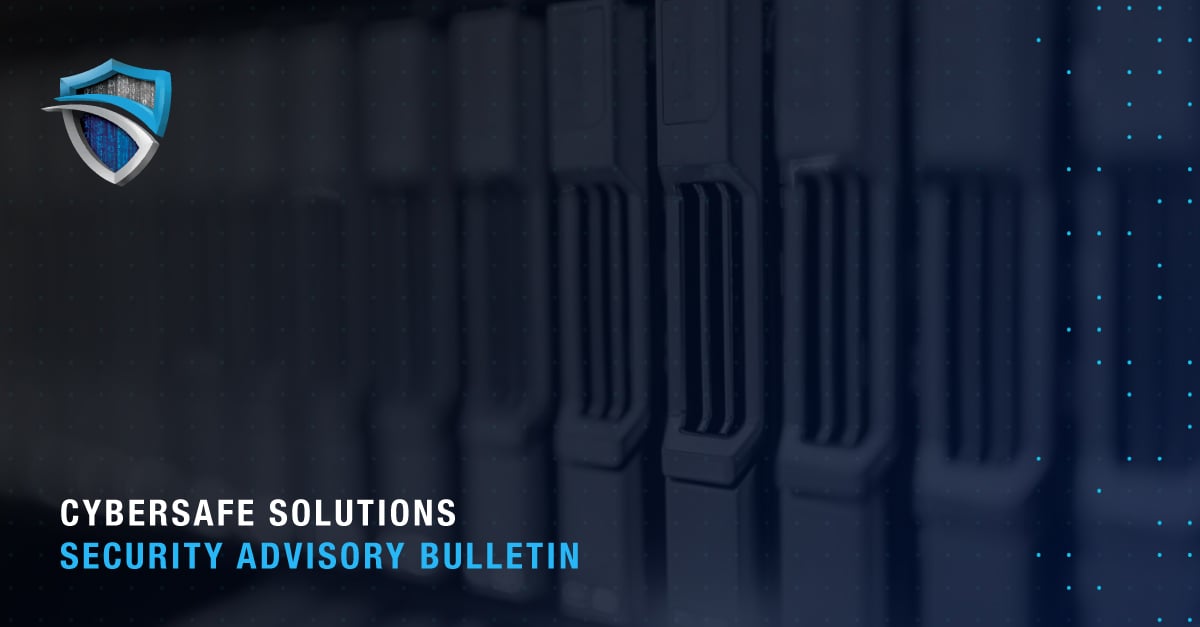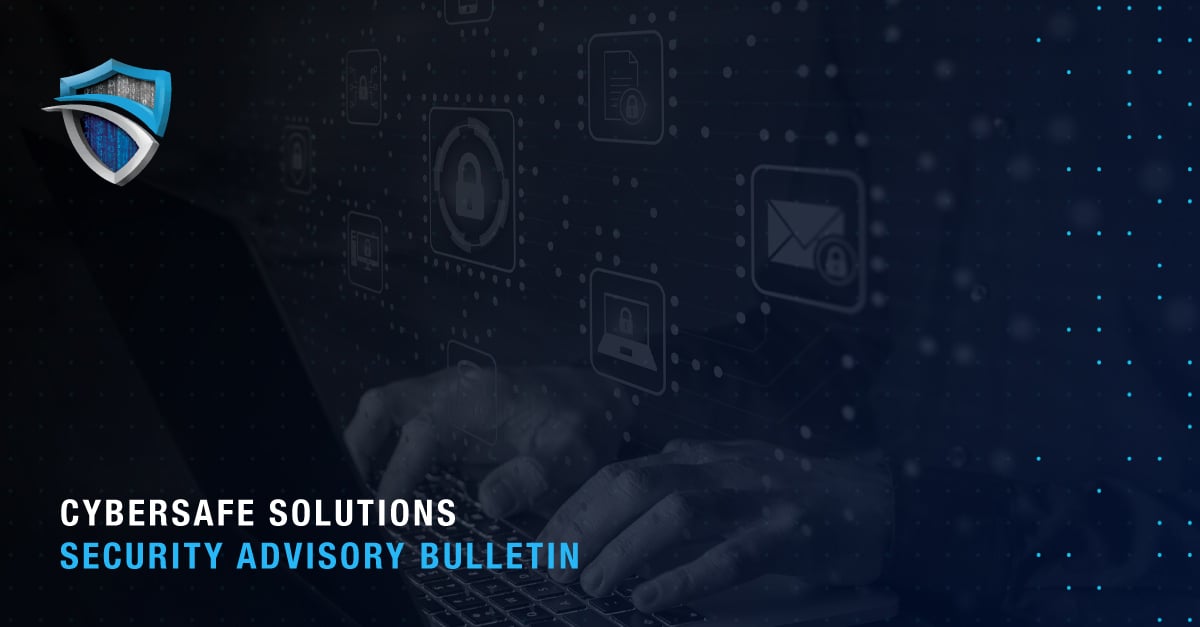Regardless of the protections your business has in place, your infrastructure faces a constant and ever-evolving onslaught of risks. Unfortunately, there’s no way to prevent every attack. For the most robust cybersecurity posture, you must not only protect against cybersecurity threats but also detect and respond to incidents. A comprehensive risk assessment is a critical component of effective risk management. We’ll break down what you should know about the process, and how Cybersafe Solutions can protect your business.
What Is Cybersecurity Risk?
Simply put, cybersecurity risk is the likelihood of reputation harm, inability to access critical systems, and/or data exposure or loss due to a cybersecurity incident.
While businesses often recognize cyberattacks as a potential threat, other contributing factors may also increase the risk to your IT systems: environmental disruptions, equipment failure, malicious activity, human error, and third-party interference can all contribute.
Why Are Regular Risk Assessments Critical?
While you can’t eliminate risk, mitigating it can help reduce the likelihood of suffering a devastating blow to your company. Exploited risks can impact operations and assets, potentially jeopardizing your ability to conduct business.
A thorough risk assessment analyzes such dangers by identifying systems, hardware, intellectual property, and other assets that could be vulnerable to attack. While you may try to weigh risks in-house, there’s a strong chance your team will overlook or underestimate some. Working with an outside team of experts ensures impartiality and provides a more complete overview. Once organizations have this critical information, they can fill gaps in their defenses before threat actors exploit them.
In many cases, compliance requirements, such as ISO 27001, HIPAA, and 23 NYCRR 500, also call for regular risk assessments.
How Does Cybersafe Conduct Risk Assessments?
Cybersafe Solutions conducts a thorough evaluation to provide a comprehensive overview of your posture. We assess your organization’s higher-level standards, guidelines, directives, and policies for a clearer idea of your overall framework. In addition, we review your proactive controls along with your reactive processes designed to mitigate risk.
The components of our risk assessments can include:
- Organization Policies & Procedures: The right cybersecurity policies and procedures can protect your business and improve your public image. We inspect your documented methods to identify their strengths and weaknesses.
- Backup & Disaster Recovery: Secure backups are essential for preventing data loss. We analyze your backup systems and gauge how you plan to recover data if an incident occurs.
- Business Resumption & Contingency Plans: Downtime due to a cyberattack can be costly. Having plans in place for the worst-case scenario are critical for efficient recovery. That’s why we take a close look at your business resumption and contingency plans.
- Threat Detection & Incident Response Procedures: Would you know if a threat actor was already in your system? If so, how would you respond? Investigating your approaches to threat detection and response helps answer these questions.
- Information Access Controls: Allowing widespread access to sensitive information increases the likelihood it will fall into the wrong hands. Checking your access controls shows us how you protect your assets within the organization.
- Perimeter, Desktop, & Network Security Controls: How robust are your existing controls? Understanding your current safeguards can highlight gaps in your defenses.
- Security Awareness Training Programs: Since threat actors may target anyone in your organization with a phishing attempt, staff members need to be aware of potential threats and how to respond. We evaluate your security awareness training programs to see if you’ve adequately prepared your team.
- Physical & Environmental Security Controls: Physical access to endpoints is a boon for threat actors. We assess the protections you have in place to prevent someone from walking in and gaining access.
- Patch Management Procedures: The release of patches alerts threat actors to vulnerabilities. We investigate whether you have procedures in place to implement updates before threat actors have a chance to exploit these newly uncovered vulnerabilities.
- Information Classification Policies: Do you know what kind of data you have, where it is stored, and who has access permissions? A strong information classification policy should map this all out. We see how your policy stacks up.
Cybersafe Solutions is a trusted partner in cybersecurity. Our services and solutions range from SOL Training to prepare your staff to recognize and prevent phishing attempts to SOL XDR for 24/7/365 monitoring of your networks, endpoints, and cloud. Our risk assessment is valuable as a standalone service, but it also pairs well with our full suite of offerings. Contact us today to talk to one of our experts about your cybersecurity posture.




